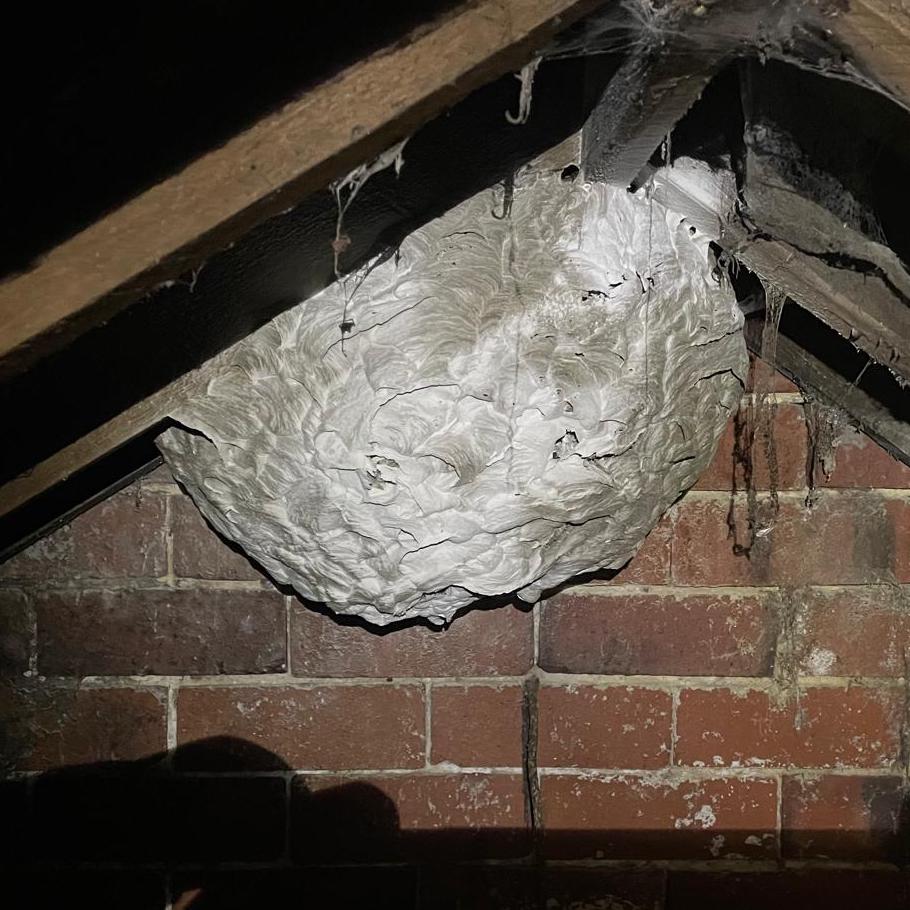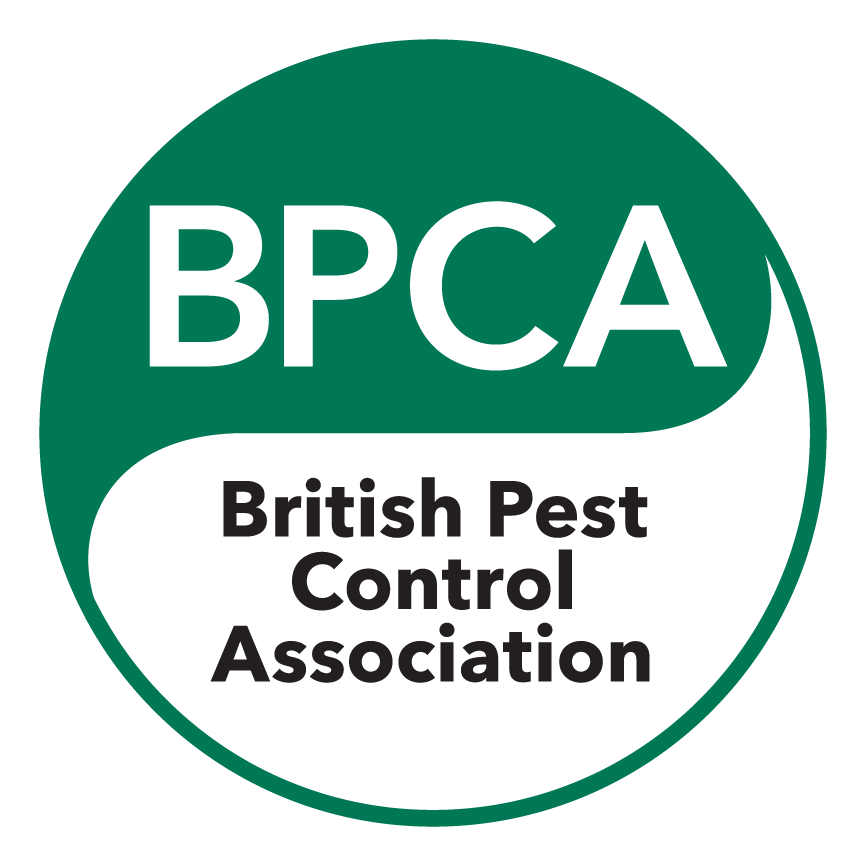Local Wasp Nest Removal Doncaster
The Dangers Of A Wasp Nest On Your Property
Wasps can be dangerous when they build their nests near humans, in areas such as homes, gardens, school playgrounds or business premises. That’s because wasps deliver a painful sting when they feel threatened, which might be whenever a human approaches their nest.
The worker wasps have a duty to protect the queen wasp inside the nest, and they will sting if you get too close. Wasp stings can be painful and cause itchy welts on your skin, and if you are allergic to wasps, then they can cause a reaction and even lead to anaphylactic shock, which can be fatal. Also, wasp nests can grow from the size of a golf ball to a basketball or bigger, and this can cause structural damage to your property if not removed promptly.
At Don Valley Pest Management, we can charge from £70 for wasp nest treatments and we guarantee success the first time around, so you can be sure that you’re wasp problem will be over quickly and efficiently with our help. For more information, call 07798 792774 and a member of our friendly team will be happy to discuss your wasp infestation with you.
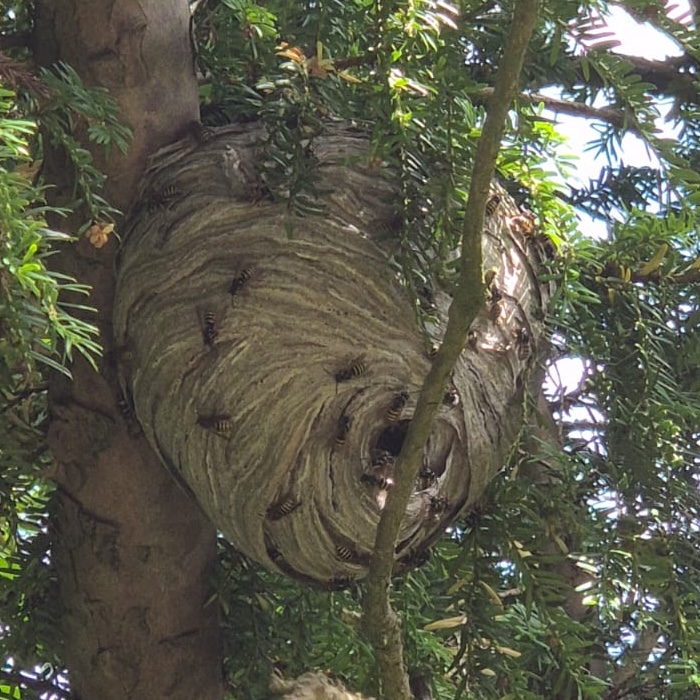
Accreditations
How To Identify A Wasp Nest

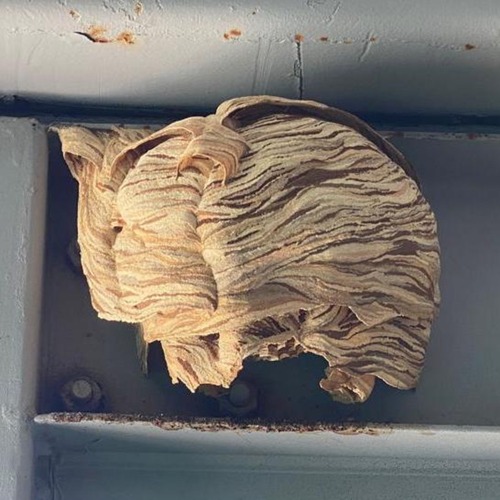
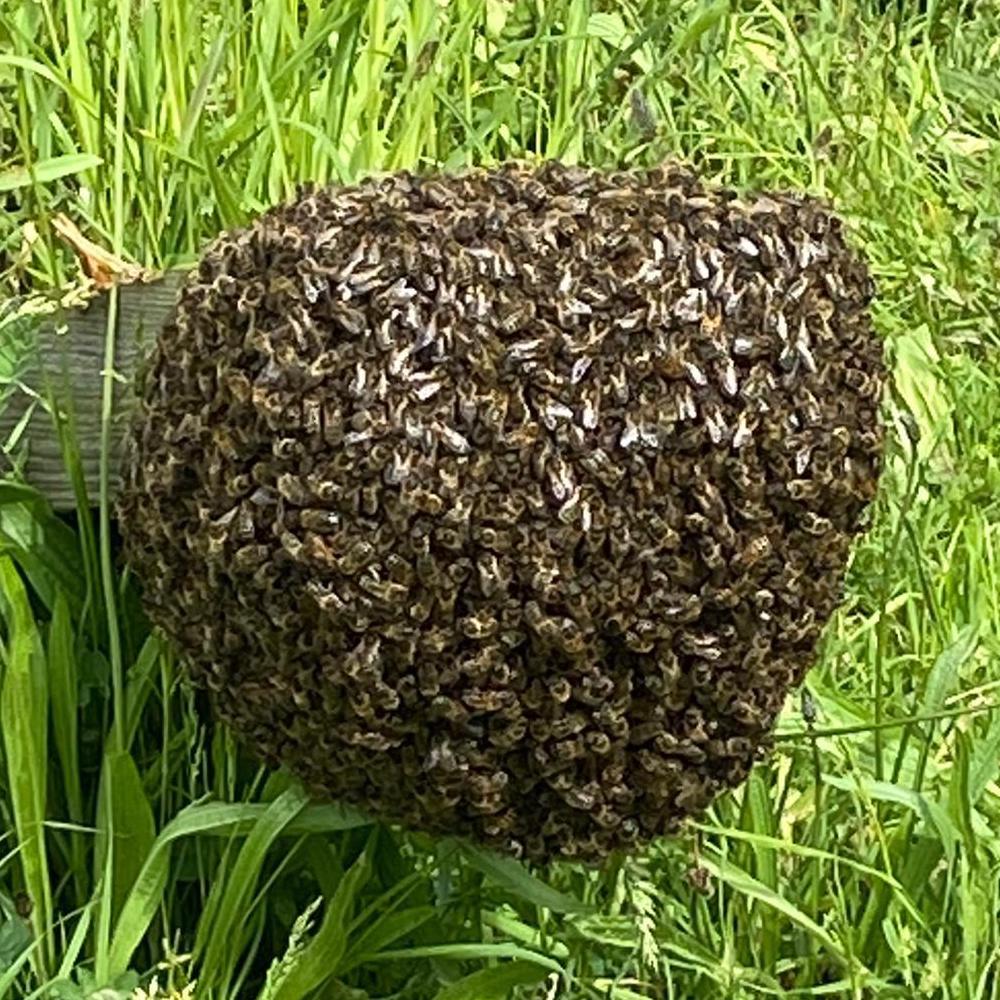
Wasps and their nests are often mistaken for other pests, including bees and hornets. At Don Valley, we can remove wasps and hornets, but we don’t carry out the relocation of honey bee swarms. As such, it’s important that you understand the difference between the three species before you call us to carry out your pest treatment.
Wasp nests are made from chewed paper and usually look like papier-mâché globes or teardrops. Hornet nests are also made from chewed wood, but they are usually less well-formed in shape than wasp nests, and only have one entrance. Wasp nests can have multiple entrance holes and a visible honeycomb. Bee nests are made from wax and are usually oozy, with the honeycomb pattern on the outside so you can see the individual cells.
Wasps never use the same nest twice and will build a new nest every year, so you might notice multiple wasp nests on your property. Other insects, such as moths, might make their home in disused wasp nests, so leaving them will cause even more issues in the future. If you see wasp nests or are unsure about what type of pest you’re dealing with, contact us for expert advice and pest treatment.
Book Wasp Nest Treatment From Local Pest Control Experts
While it might seem like an easy task, removing a wasp nest is incredibly challenging and should only be carried out by experienced professionals like the team at Don Valley. Wasps will sting and become aggressive if you go near an active nest, so you need to wear protective clothing and quickly eradicate the live wasps.
Because our team are RSPH Level 2 Certified, they have access to insecticides that aren’t available to the general public. That’s how we’re able to get rid of your wasp nest quickly and safely, and guarantee that the wasps will be fully eliminated after our initial treatment.
Whether your wasp nest is in the eaves, your wall cavities, a garden shed or even a chimney, we have the expertise needed to destroy the wasp colony and ensure it won’t return. Call 07798 792774 to treat your wasp nest fast and protect your Doncaster property.


